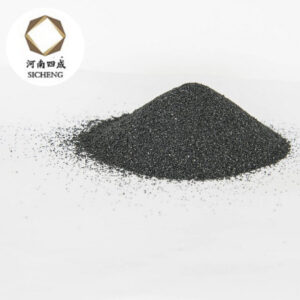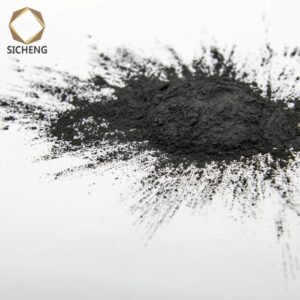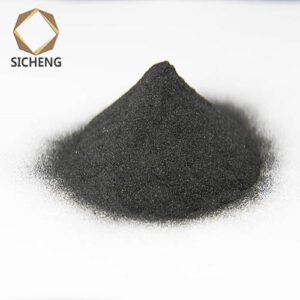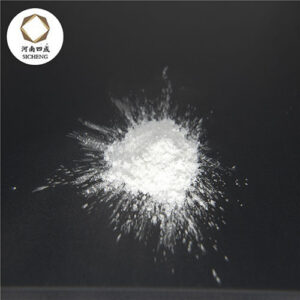What is the commonly used deburring operation process?
1. Manual deburring
This is also a common way for general enterprises, using files, sandpaper, grinding heads, etc. as auxiliary tools. Files have artificial files and pneumatic staggering.
Brief comment on:
Labor costs are expensive, inefficient and difficult to remove complex crossholes.
The technical requirements for workers are not very high, and it is suitable for products with small burrs and simple product structure.
2. Die deburring
The production die is used with the punching machine for deburring.
Brief comment on:
A certain amount of die (rough die + fine blanking) production fee is required, and it may also be necessary to make a shaping die.
It is suitable for products with a simple parting surface, and the efficiency and deburring effect are better than that of artificial.
3. Grind and deburr
This type of deburring includes vibration, sandblasting, roller and other methods, which are currently used by enterprises.
Brief comment on:
There is a problem that the removal is not very clean, and it may be necessary to manually treat the residual burr or cooperate with other methods to remove the burr.
Suitable for small products with large batches.
4. Freeze and deburr
The burr is quickly embrittled by cooling, and then nylon sand-projectile is sprayed to remove the burr.
Brief comment on:
The price of equipment is about two or three hundred thousand;
Suitable for products with small burr wall thickness and smaller products.
5. Heat explosion deburring
Also called thermal energy deburring, explosion deburring. By passing some easy-to-run gas into an equipment furnace, and then through the action of some media and conditions, the gas explodes instantly, using the energy generated by the explosion to dissolve and remove burrs.
Brief comment on:
expensive equipment (millions of prices), high technical requirements, low efficiency, side effects (rust, deformation); Mainly used in some high-precision parts and components, such as automotive aerospace and other precision parts.
6. Deburring the engraving machine
Brief comment on:
The price of the equipment is not very expensive (tens of thousands), suitable for simple space structure, the required deburring position is simple and regular.
7. Chemical deburring
Using the principle of electrochemical reaction, parts made of metal materials are automatically and selectively deburred.
Brief comment on:
It is suitable for internal burrs that are difficult to remove, and suitable for fine burrs (thickness less than 7 wires) of pump body, valve body and other products.
8. Electrolytic deburring
An electrolytic processing method that uses electrolysis to remove burrs of metal parts.
Brief comment on:
The electrolyte is corrosive, the vicinity of the burr of the parts is also subjected to electrolysis, the surface will lose its original luster, and even affect the dimensional accuracy, the workpiece should be cleaned and anti-rust treatment after deburring.
Electrolytic deburring is suitable for removing cross-holes in hidden parts of parts or burrs of parts with complex shapes, with high production efficiency, and the deburring time is generally only a few seconds to tens of seconds.
It is suitable for deburring gears, connecting rods, valve bodies and crankshaft oil circuit orifices, as well as sharp corner rounding.
9. High-pressure water jet to deburr
Using water as a medium, its instantaneous impact force is used to remove burrs and flashes generated after processing, and at the same time achieve the purpose of cleaning.
Brief comment on:
The equipment is expensive and is mainly used for the heart of the car and the hydraulic control system of construction machinery.
10. Ultrasonic deburring
Ultrasound generates instantaneous high-pressure deburring.
Brief comment on:
Mainly for some microscopic burrs, generally if the burrs need to be observed with a microscope, you can try to remove them with ultrasound.





